In the morning in Ngu Thuy, when the sun had not yet risen and people could not see each other clearly, the coastal people had already gone to the dock to wait for the boat. Wandering around this coastal area full of tradition, if you are lucky, you will meet former female artillery soldiers. O Lam, a former artillery soldier, asked a lot of questions. When asked, she asked if she had eaten breakfast yet. Before she could answer, she said she was going home and that she would cook porridge for her to eat.
O Lam served fresh sea fish porridge. The porridge was delicious, the sea fish was sweet, the Ngu Thuy ladies were poor but full of love. O Lam cooked the porridge simply, burned the grass, washed the rice, boiled it until it bloomed, added salt and then added the fish. She brought it down, scooped out bowls, served each child, sprinkled a little chili powder and Ngu Thuy fish sauce, so sweet it made one's stomach churn.
The Ngu Thuy people are simple-hearted, but hospitable. Their language is rustic and sincere. Early in the morning, when fishing boats come ashore, the first thing they do is not to weigh the fish to sell but to distribute the fish to the poor. Each boat gives a few mackerel, with many boats, the poor have some fish to sell at the market or dry, marinate with fish sauce to eat gradually.
Fisherman Truong Thuyen said: “That is the custom of sharing the sea. Because only the healthy go to sea, the sick and those in difficulty stay at home. If a person at sea is killed by a big wave or storm, then on shore, the neighbors come to share the hardship. They share dried fish, and potatoes buried in the sand, so this custom has existed since the establishment of the village until now.”
Nowadays, to earn more money, people use sea fish to raise snakehead fish on sand, bringing in high income. “When mackerel and herring are in season, people buy them and cut them up for snakehead fish to eat. Snakehead fish eat clean sea fish and are easy to sell to the market. Today is the season, traders come to order directly from the lake, because snakehead fish eat sea fish and have firm meat, people like to eat them,” said fisherman Truong Thuyen.
Coming to Ngu Thuy, we know that the 3 communes have now merged into 2 communes with the names Ngu Thuy Bac and Ngu Thuy. The whole Ngu Thuy area is a cultural space with strong identity of coastal areas. In folk memory, there are many historical relics such as Liem Bac pagoda, Liem Nam pagoda, Tay Thon communal house, Nam Tien communal house, Liem Tien communal house...
Nhan Trach fishing village is 10km from Dong Hoi city, in Bo Trach district. This is one of the oldest fishing villages, listed in many ancient books. There was a famous general from Nghe An who came to settle down and created a glorious tradition for this land, that was the famous general Ho Cuong.
The Ho family genealogy is still preserved here. Ho Cuong's common name is Ho Hong, his real name is Ho Cuong. He was born around the Dai Tri era (1358 - 1369), during the reign of King Tran Du Tong. He served as the Left Thanh Duc Military Supervisor and the Grand Governor of Dien Chau (in Chau Hoan - Nghe Tinh), which was once an important base of the Dai Viet state in all wars of resistance against invaders. Ho Cuong came from a famous family.
During the last years of the Tran Dynasty, the southern borderland of Dai Viet was not peaceful, wars between Dai Viet and Champa often occurred. The book Dai Viet Su Ky Toan Thu recorded: "In the 6th year of Quy Dau (1393), in the spring of the first month, Ho Cuong was appointed as the left-wing military supervisor (Cuong was from Dien Chau, Le Quy Ly (ie Ho Quy Ly) secretly found the Ho family lineage and planned to change to the old family name before making Cuong a confidant)".
Ho Cuong was appointed by Le Quy Ly, at that time with the title of Great King of the court, as the Chief Captain to command an army of over two thousand people to attack Champa and guard the Thuan Hoa region.
In addition to fighting the enemy to keep the border peaceful, he also recruited people to establish villages, reclaim land, expand production, and became the ancestor of the Ho family who opened up coastal areas of Quang Binh such as Hai Trach, Ly Trach, Nam Trach, especially Nhan Trach (Bo Trach district).
To commemorate the merits of the Ho family's ancestral god to the generations of descendants in Quang Binh, in the temple of the Ho family's tomb in the Ly - Nhan - Nam region, there is a sentence "The god manifests the opening of Ly - Nhan - Nam". Ho Cuong was a talented general, commanding and winning many battles. Generations of Ho family's descendants in the Ly - Nhan - Nam region of Bo Trach district still pass down the legendary victories at the Nhat Le river mouth with battles such as Bau Tro, Phu Hoi...
Nhan Trach fishing village today is hospitable, has abundant products, and friendly people. Fresh seafood is preserved by drying, straining fish into fish sauce or making fish sauce for winter use. Nowadays, the Nhan Trach people use this indigenous knowledge to entertain guests, becoming a famous delicious specialty.
According to “ The Story of Bon Xa Khai Khac ”, Canh Duong village was founded in the year of Quy Mui (1643), by Nghe An residents on their way to find a place to settle down, choosing a sand strip along the Roon River to stop and choose the day of the Winter Solstice to open the village festival. After 380 years, Canh Duong now has more than 2,000 households and nearly 10,000 people. Life is growing day by day, the fishing village is developing day by day.
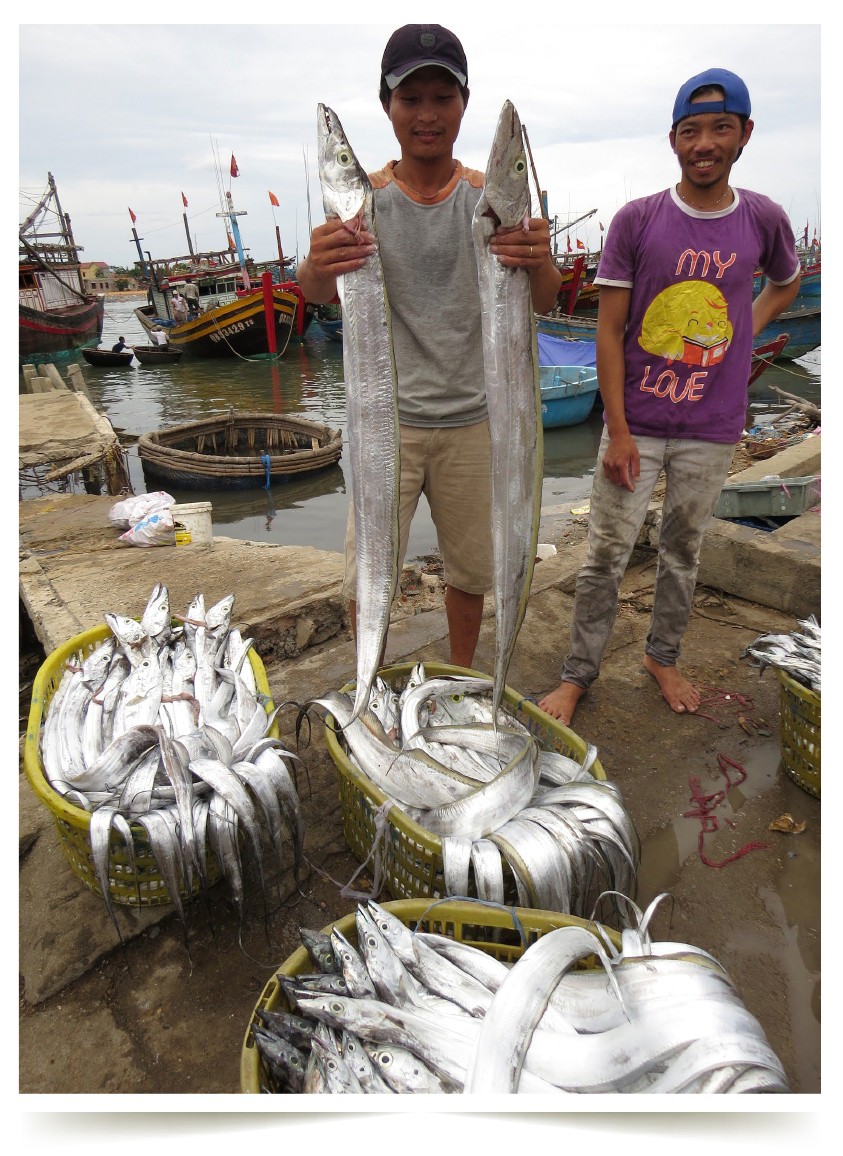 |
 |
For many years, Canh Duong people have had a traditional occupation, fishing for hairtail. The Roon area in Northern Quang Binh considers Canh Duong people as "dragon" conquerors. Because the hairtail is long, strong, swims fast, and has silver skin that shimmers under the moonlight and water, they call it dragon fish. Canh Duong people skillfully catch them with old bamboo fishing rods that have been tempered through fire. When the fish is hooked, it weighs 2-3kg, struggling in the water, and can weigh more than 10kg without breaking the rod.
380 years ago, their ancestors fished with bamboo, and now their descendants also fish with bamboo. Each fishing rod has 2 hooks, each hook has 2 hooks and a 1kg lead weight. The heavy lead is to hold the hairtail fish back, not letting it run too hard and too far. The lead weight is 1kg, but there are fish that weigh over 3kg, they swim like dragons flying in the sea, people have to let them get exhausted before they can catch them.
This place has been known as the "whale village" for hundreds of years. The people of Canh Duong commune worship two large whale skeletons, which they respectfully call Duc Ong and Duc Ba. The two giant whale skeletons are worshiped at Ngu Linh temple, Canh Duong commune.
According to the genealogy of a large family in Canh Duong, these two giant whale skeletons have been worshiped for hundreds of years. The genealogy of the Tay Trung Truong family (also known as the Truong Trung Tay genealogy) has a passage that reads: "In the year of Ky Ty (1809), the 9th year of Gia Long's reign, the Lady entered, and the clans in the village held a grand welcome. In the year of Dinh Mui (1907), the 16th year of Duy Tan's reign, the Lord entered, and the clans held a grand welcome."
For hundreds of years, Canh Duong people have been fishing, and consider Ngu Linh Mieu to be the soul of the village. Therefore, Ngu Linh Mieu worships Duc Ong and Duc Ba, and is always filled with incense and prayers for a smooth fishing trip.
In the coastal commune of Canh Duong, there is also a cemetery dedicated to burying and worshiping dozens of whales that died and washed ashore (locals often call them "shore whales"). From a small grave, over time, many whales died and washed ashore, so local people contributed and built a solemn cemetery as a place of worship and memorial service.
Currently, the whale cemetery has 24 graves, of which 18 have been built and have tombstones installed, the remaining 6 graves are being filled with sea sand because they were just buried. The graves are built solemnly, in front of each tombstone is an incense bowl. On the tombstone, the fishermen engrave the fish's name given by the villagers and information about the day and month the fish "lye" to the shore.
Mr. Dong Vinh Quang, Chairman of Canh Duong Commune People's Committee, said that the whale burial custom in Canh Duong has existed for a long time. Fishermen consider whales as their guardian deities in the open sea, helping them have safe and lucky trips. The burial and worship of whales is solemnly organized as a way to repay the gratitude of the people in the coastal area here.
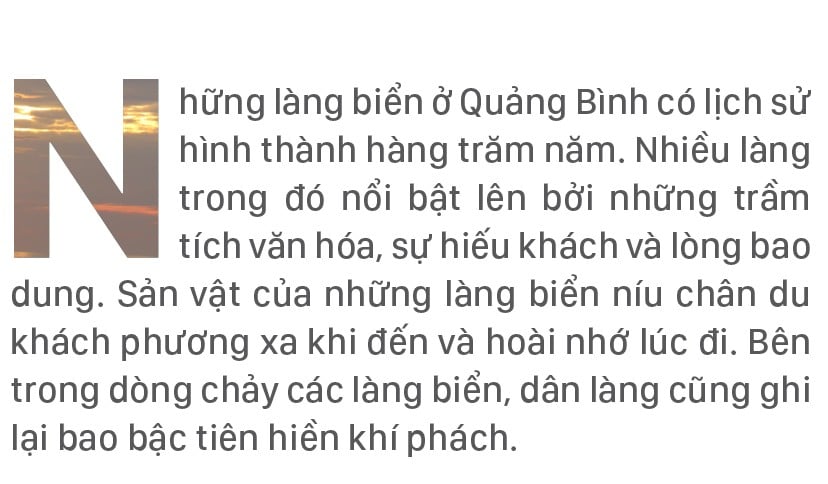

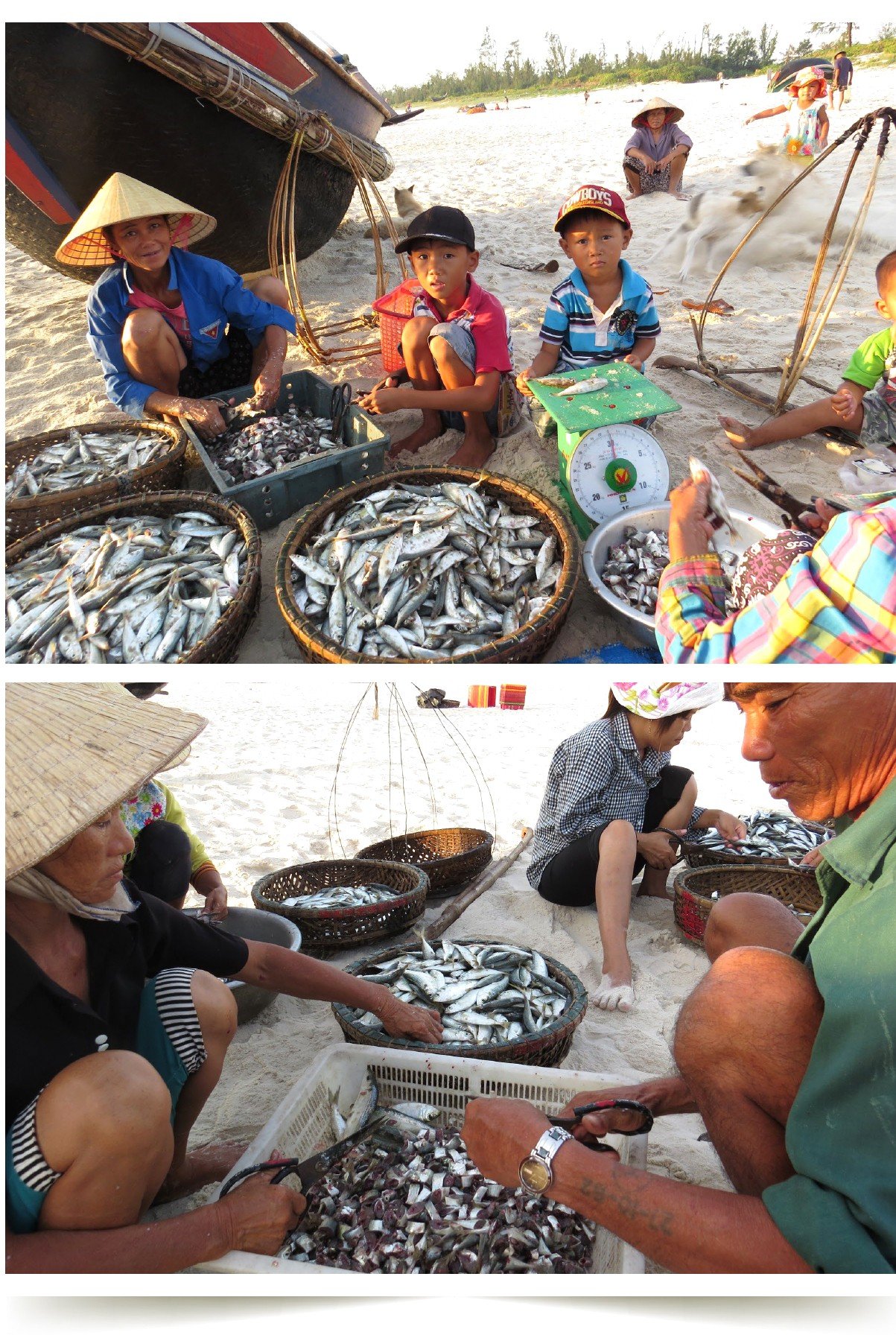

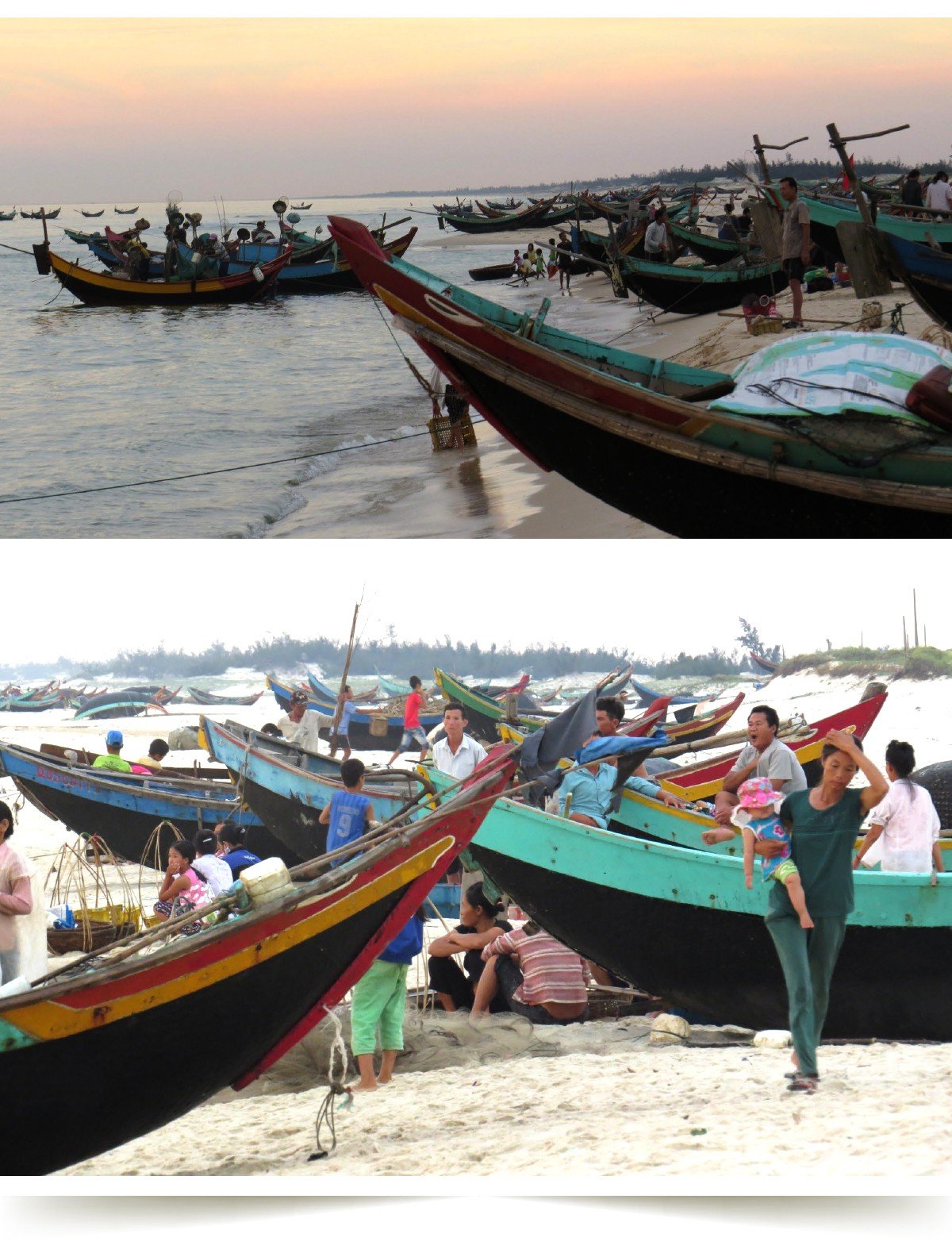


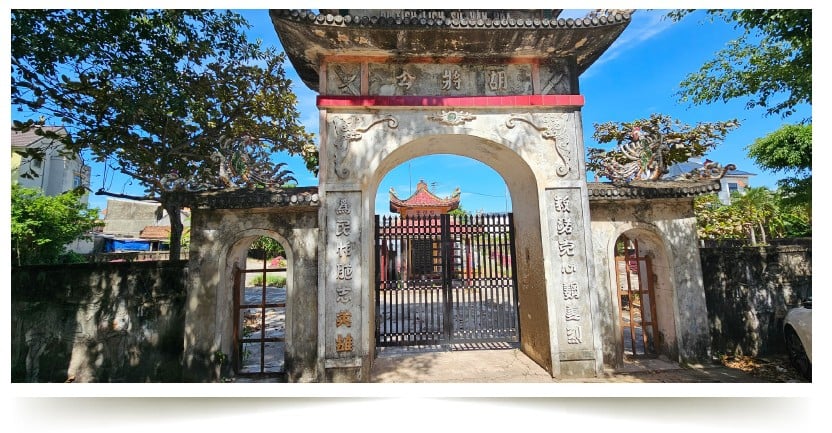

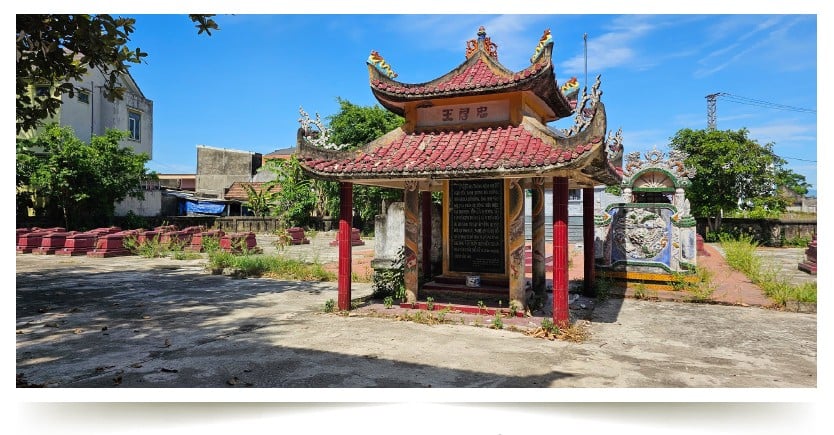

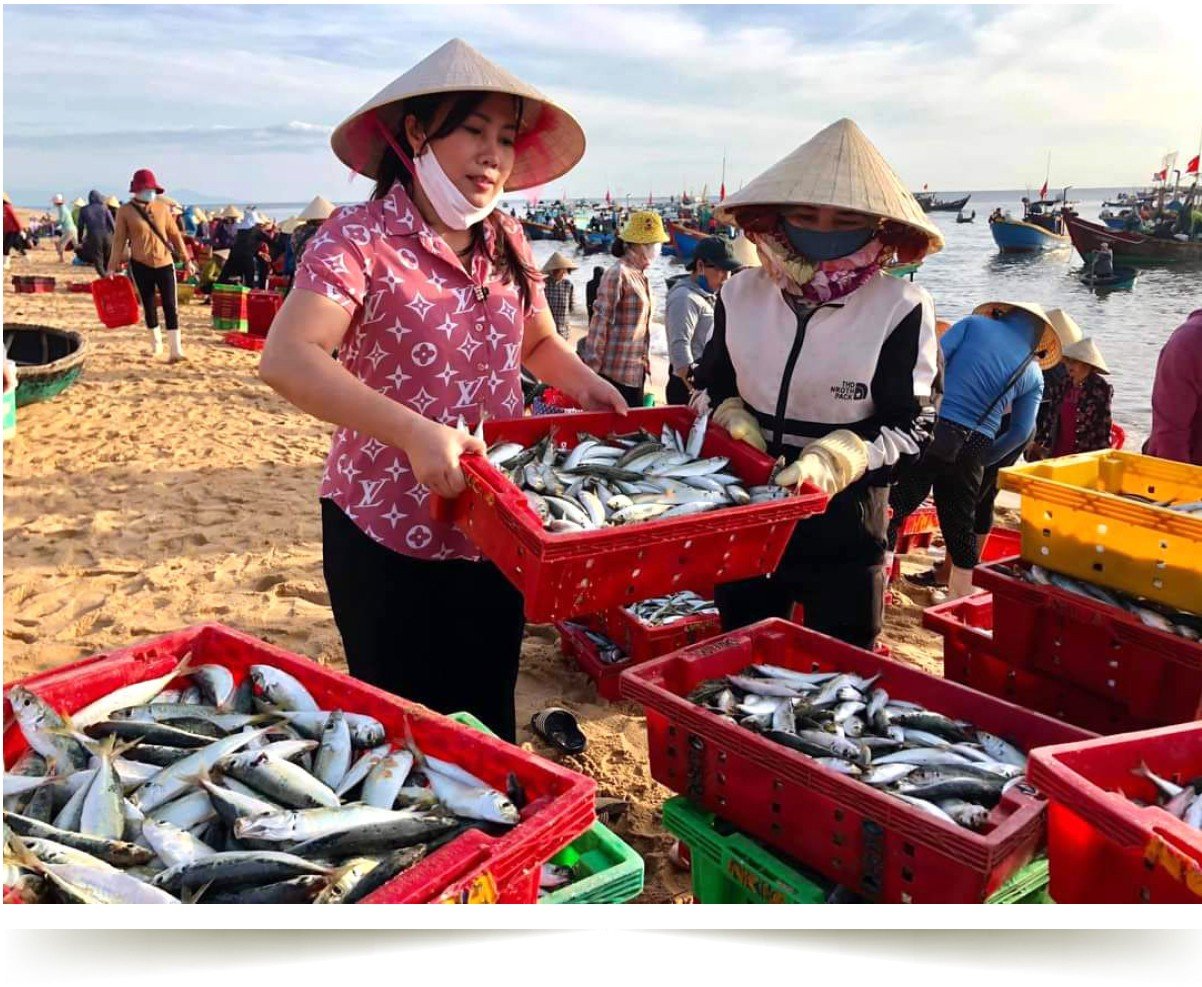

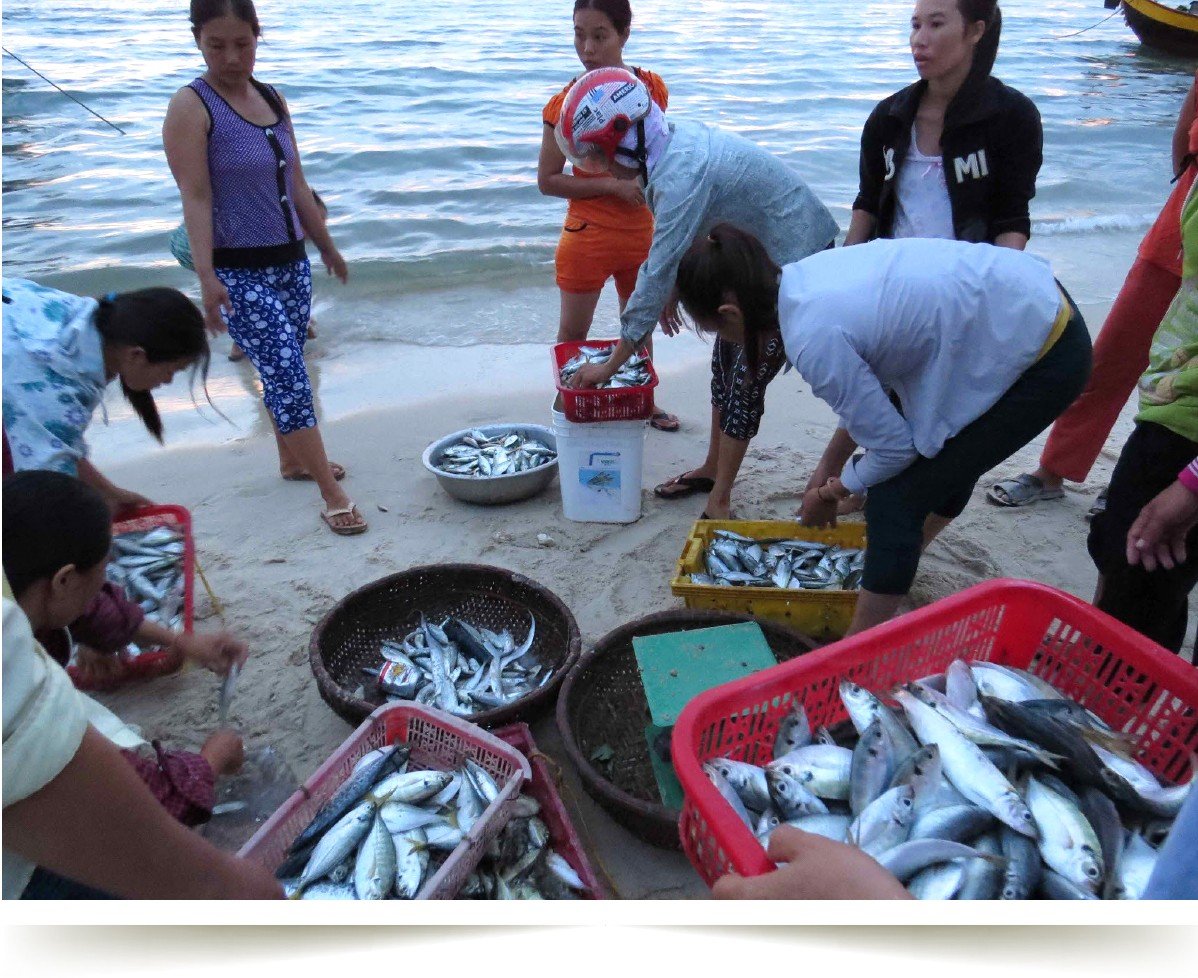




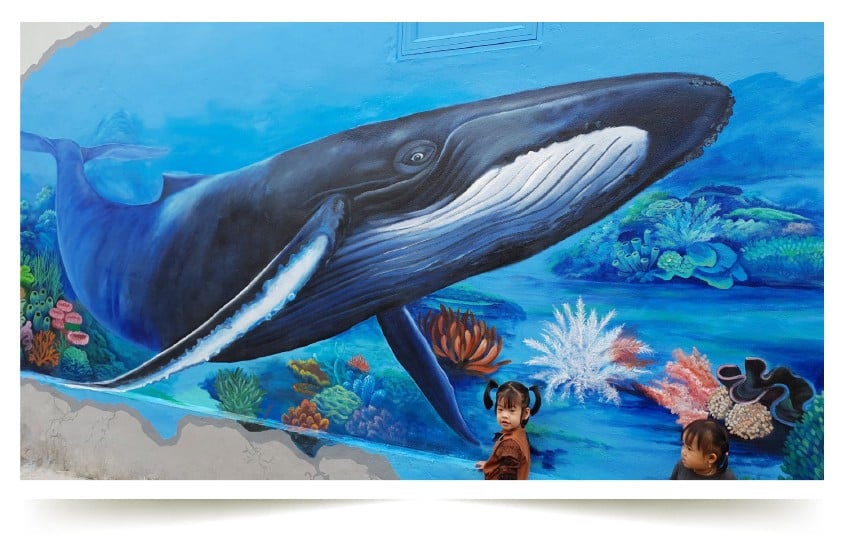

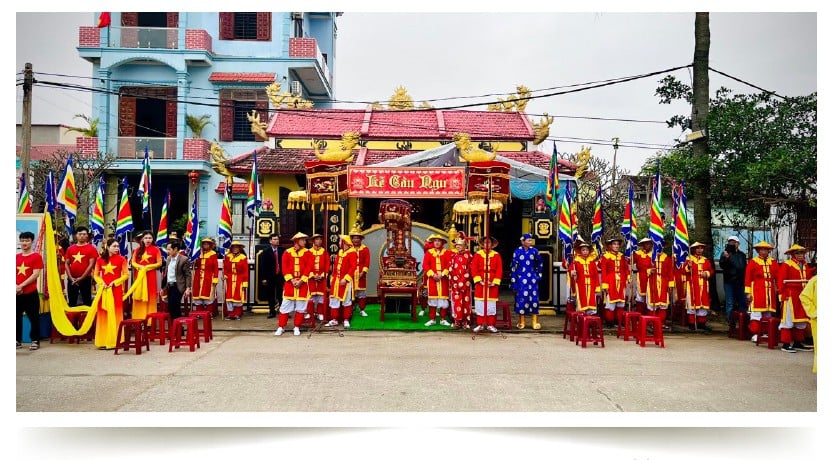

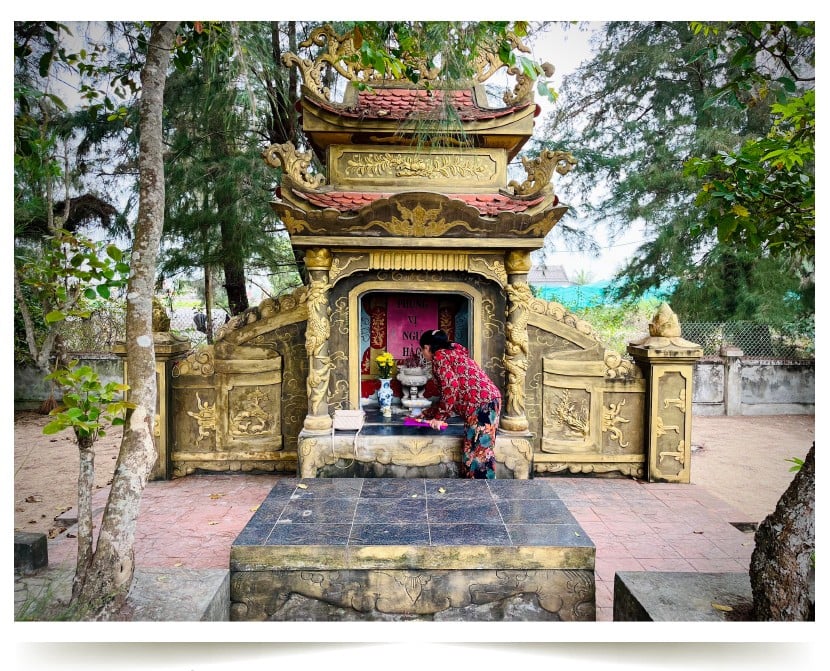

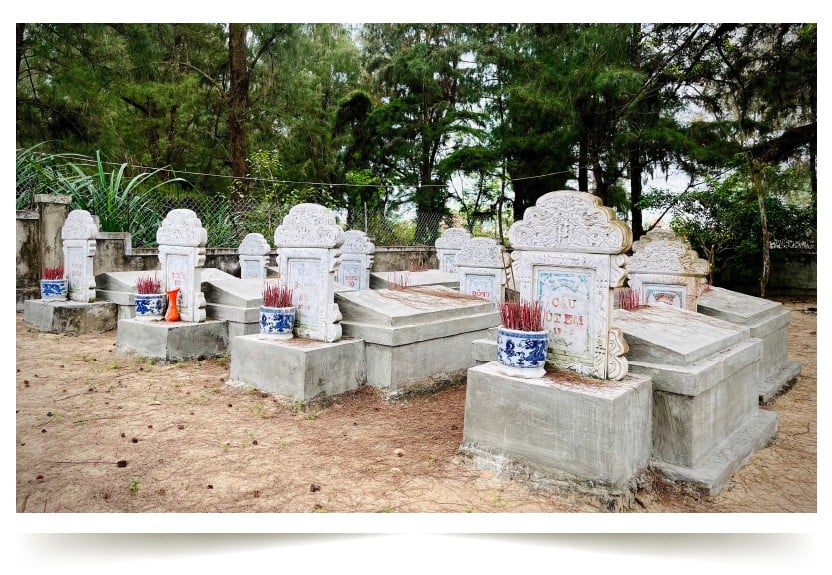




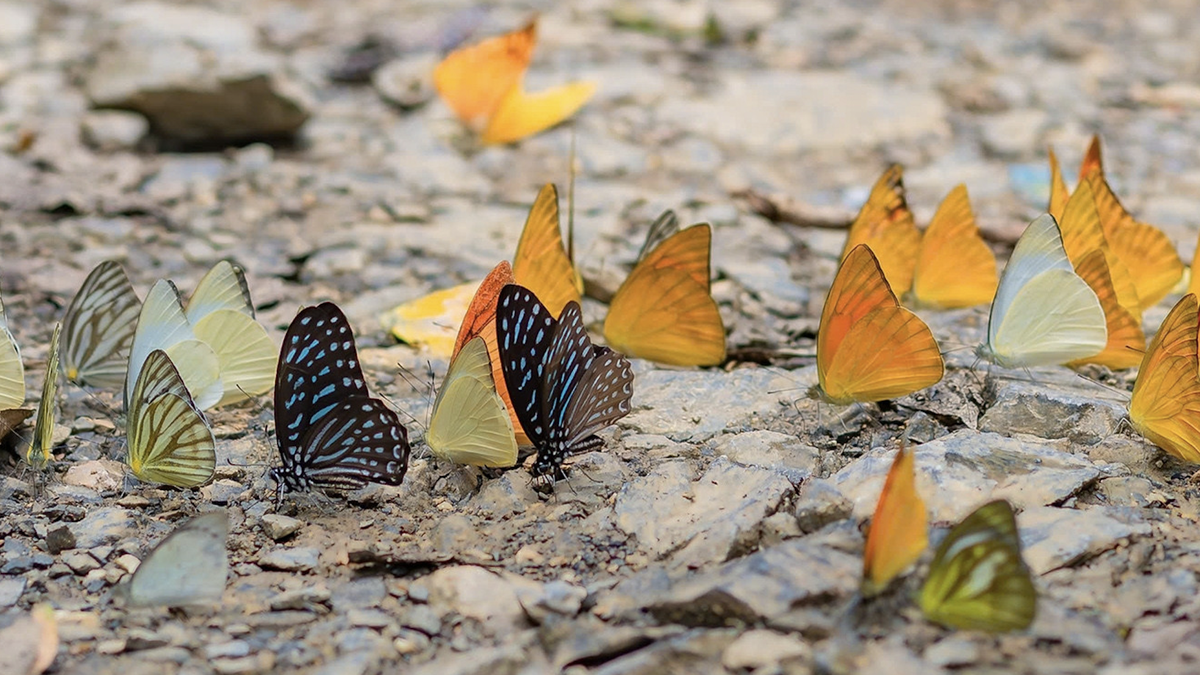

![[Photo] Prime Minister Pham Minh Chinh and Prime Minister of the Kingdom of Thailand Paetongtarn Shinawatra attend the Vietnam-Thailand Business Forum 2025](https://vphoto.vietnam.vn/thumb/1200x675/vietnam/resource/IMAGE/2025/5/16/1cdfce54d25c48a68ae6fb9204f2171a)
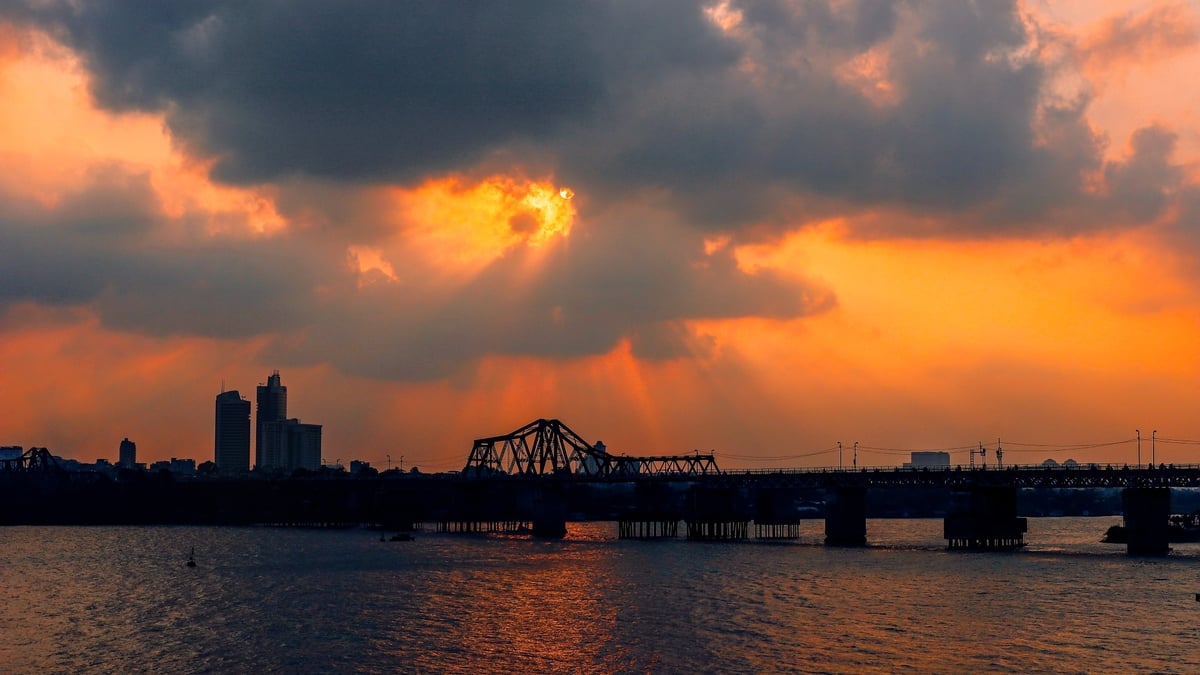



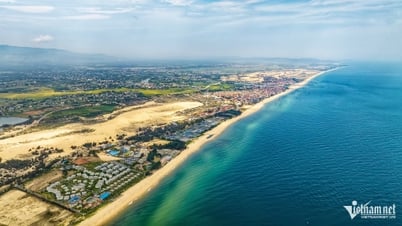

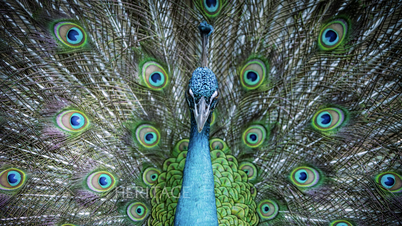













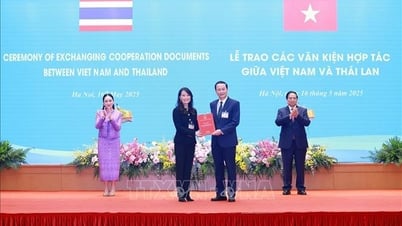





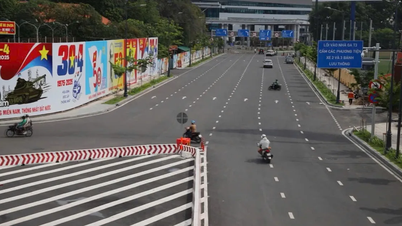

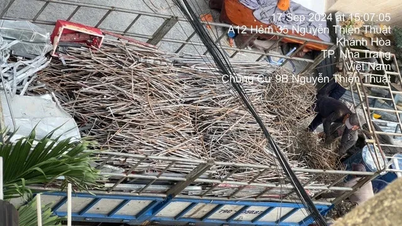

![[Photo] President Luong Cuong receives Prime Minister of the Kingdom of Thailand Paetongtarn Shinawatra](https://vphoto.vietnam.vn/thumb/1200x675/vietnam/resource/IMAGE/2025/5/16/52c73b27198a4e12bd6a903d1c218846)


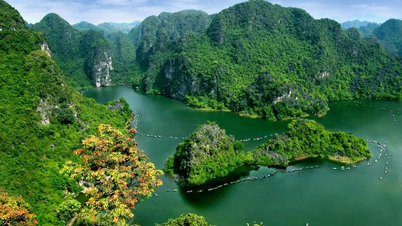

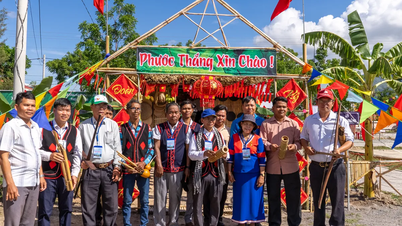

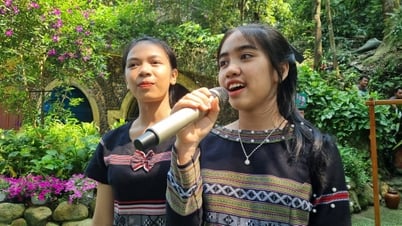


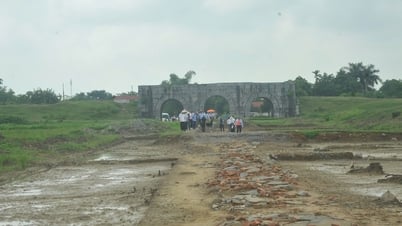



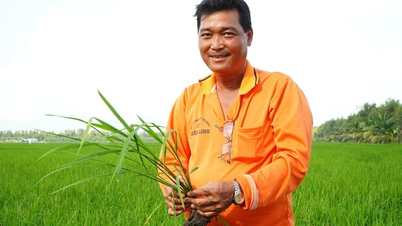

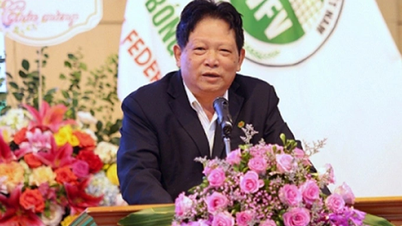

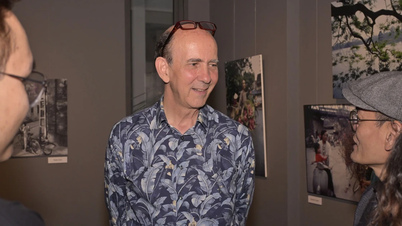








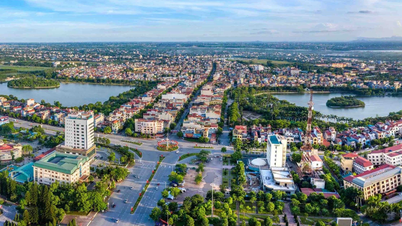



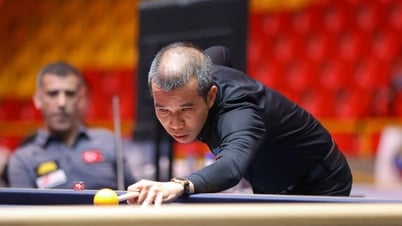






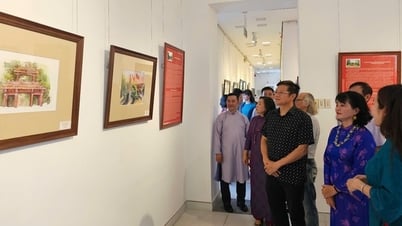




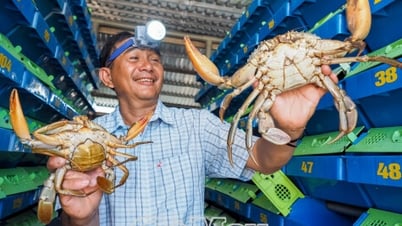



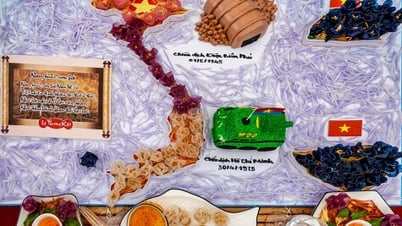








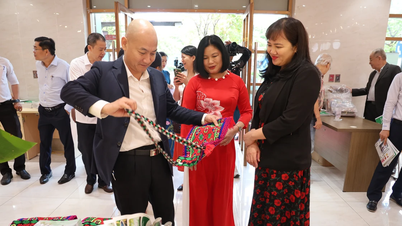

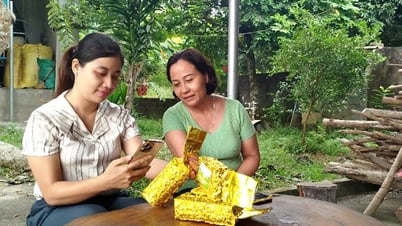

Comment (0)